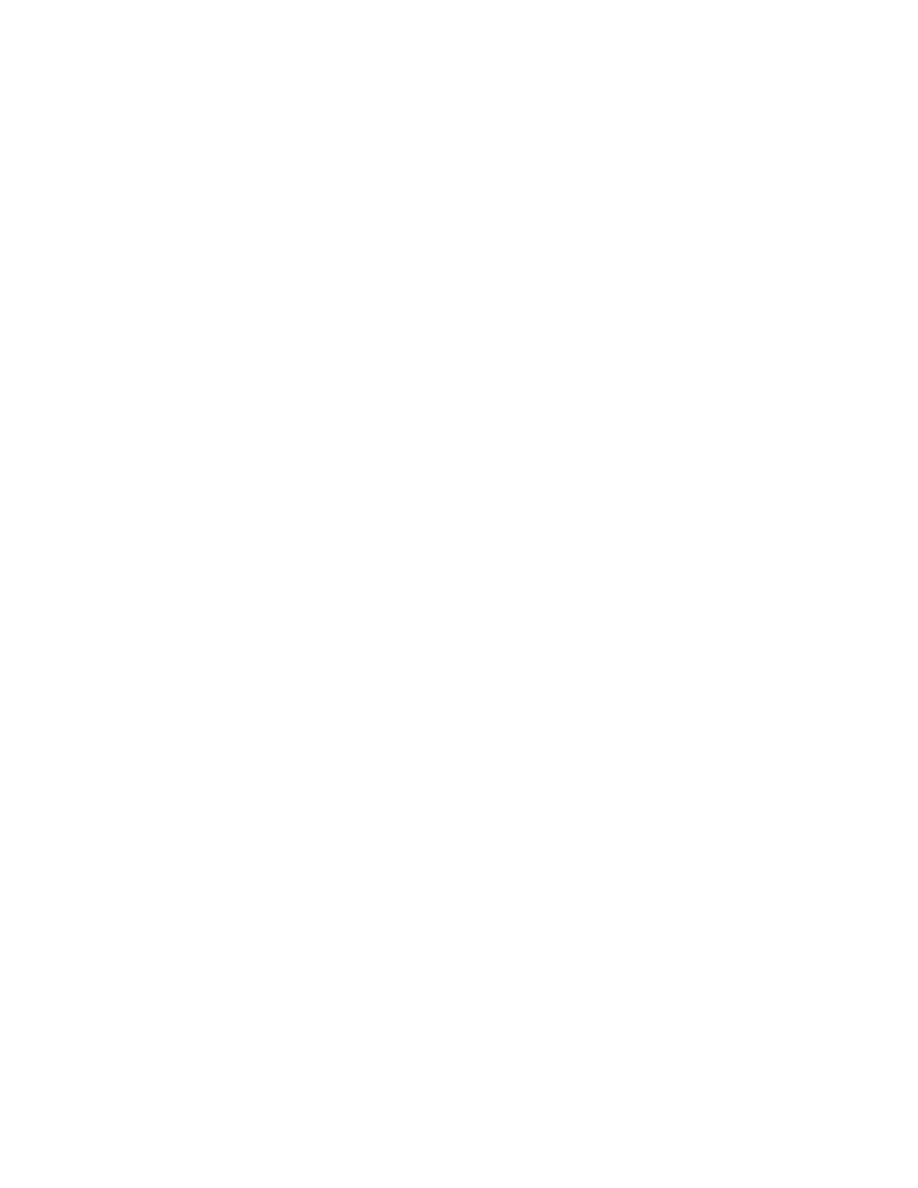Wrangler 4WD L4-150 2.5L VIN P MFI (1998)

Fuel Supply Line: Testing and Inspection
FUEL LINES/HOSES AND CLAMPS
WARNING: The fuel system is under a constant pressure (even with the engine off). Before servicing any fuel system hoses, fittings or lines, the
fuel system pressure must be released. Refer to the fuel system pressure release procedure.
Inspect all hose connections such as clamps, couplings and fittings to make sure they are secure and leaks are not present. The component should
be replaced immediately if there is any evidence of degradation that could result in failure.
Never attempt to repair a plastic fuel line/tube. Replace as necessary.
Avoid contact of any fuel tubes/hoses with other vehicle components that could cause abrasions or scuffing. Be sure that the plastic fuel lines/tubes
are properly routed to prevent pinching and to avoid heat sources.
The lines/tubes/hoses used on fuel injected vehicles are of a special construction. This is due to the higher fuel pressures and the possibility of
contaminated fuel in this system. If it is necessary to replace these lines/tubes/hoses, only those marked EFM/EFI may be used.
When Used: The hose clamps used to secure rubber hoses on fuel injected vehicles are of a special rolled edge construction. This construction is
used to prevent the edge of the clamp from cutting into the hose. Only these rolled edge type clamps may be used in this system. All other types of
clamps may cut into the hoses and cause high-pressure fuel leaks.
When Used: Use new original equipment type hose clamps. Tighten hose clamps to 1 Nm (15 in. lbs.) torque.
